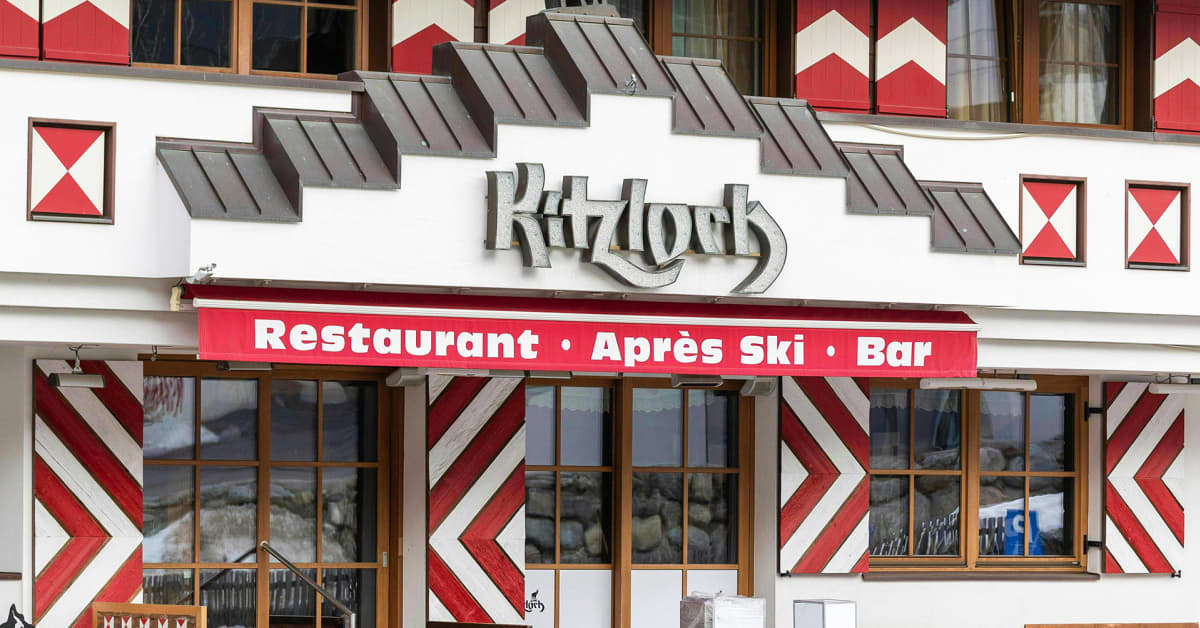Individual
Jäsen
- Suosikkijoukkue
- Post-rock/ Post-punk
Tiroli connectionista lisätietoa. Ilmeisesti turistien suosima baari on ollut aikamoinen menomesta useammallakin tavalla. "Viruslingoksi" sittemmin ristityssä ravintolassa epäillään tapahtuneen satoja koronatartuntoja. Monen rintaman sotaa kyllä tämä.

 yle.fi
yle.fi

Alppien suosikkikohdetta epäillään satojen koronatartuntojen lähteeksi Pohjoismaissa – tartunnan saaneet suomalaisopiskelijatkin kävivät Ischglissä
Korona levisi muun muassa after ski -baarissa, joka on saksankielisessä mediassa ristitty “Viruslingoksi”.